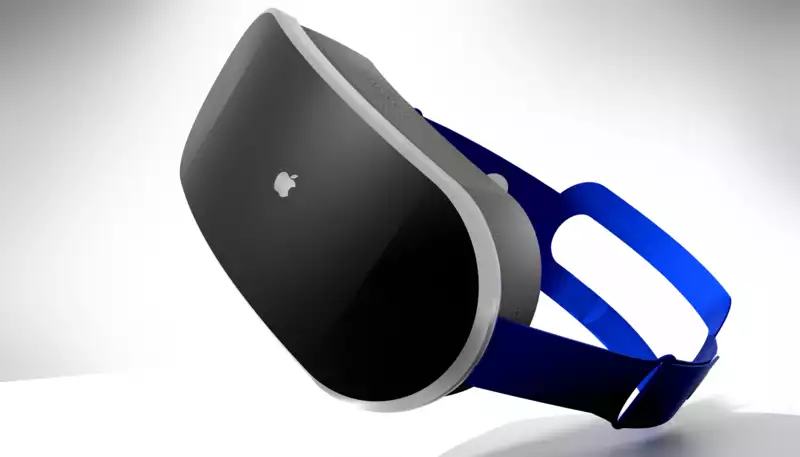The rumored finished specs of Apple's VR/AR headset is the talk of the tech world right now. And while we won't (almost certainly) know anything official until it debuts at WWDC in 2023, the rumors of this new display are certainly eye-opening.
A tweet from Ross Young of Display Supply Chain Consultants reveals the specs of two displays that will be included in the Apple VR/AR headset. When we first reported on this yesterday in our article about the xrOS sighting, the tweet appeared to be subscriber-only, but now it is open for all to see.
And according to Young's tweet, you should be able to see very clearly while wearing the Apple Reality Pro. The twin displays (one per eye) will be 1.41" (diagonal measurement) Micro OLED panels. It is also said to have a pixel density of 4000 pixels per inch (PPI) and a peak brightness of over 5000 nits.
This would instantly make the Apple headset the king of VR headset displays; the Meta Quest 2 headset has a peak brightness of around 100 nits, so 5,000 nits would be dazzling in comparison. The only product reported in that range is Meta's Starburst headset, which delivers a peak brightness of about 20,000 nits, but is still a prototype.
And in terms of resolution, not even the Meta Quest Pro can compete. This high-end mixed reality headset only delivers 1832 x 1920 resolution per eye, far short of the 4K resolution promised by Young.
This is not the first time Young has promised these specs; in February 2022 we reported that the DSCC claimed that Sony was producing twin 4K (4000 x 4000) displays for the Apple headset.
However, several rumored displays are missing from Young's latest spec leak. First, DSCC initially promised a larger, lower-resolution AMOLED display behind the two 4K displays, allowing for Foveated rendering. This would allow the headset to devote more resources to producing higher fidelity visuals specific to where the person is looking, rather than the entire display.
This display may yet eventually appear, and it would be odd for the Apple Reality Pro to forgo forbidden rendering, given that inexpensive headsets like the PSVR 2 have it.
Another display not mentioned is the rumored front-facing display, which could allow others to see your eyes while using the Apple headset. Apple claims that this will facilitate all-day wearing and allow users to interact with the real world, but personally I feel we are entering the uncanny valley. So I expect Young's omission of the front display to be intentional rather than an oversight.
In any case, we won't have to wait long to see what Apple's VR/AR headset actually achieves in terms of performance. Stay tuned for WWDC coverage of the potential of Apple's groundbreaking VR headset.










Comments